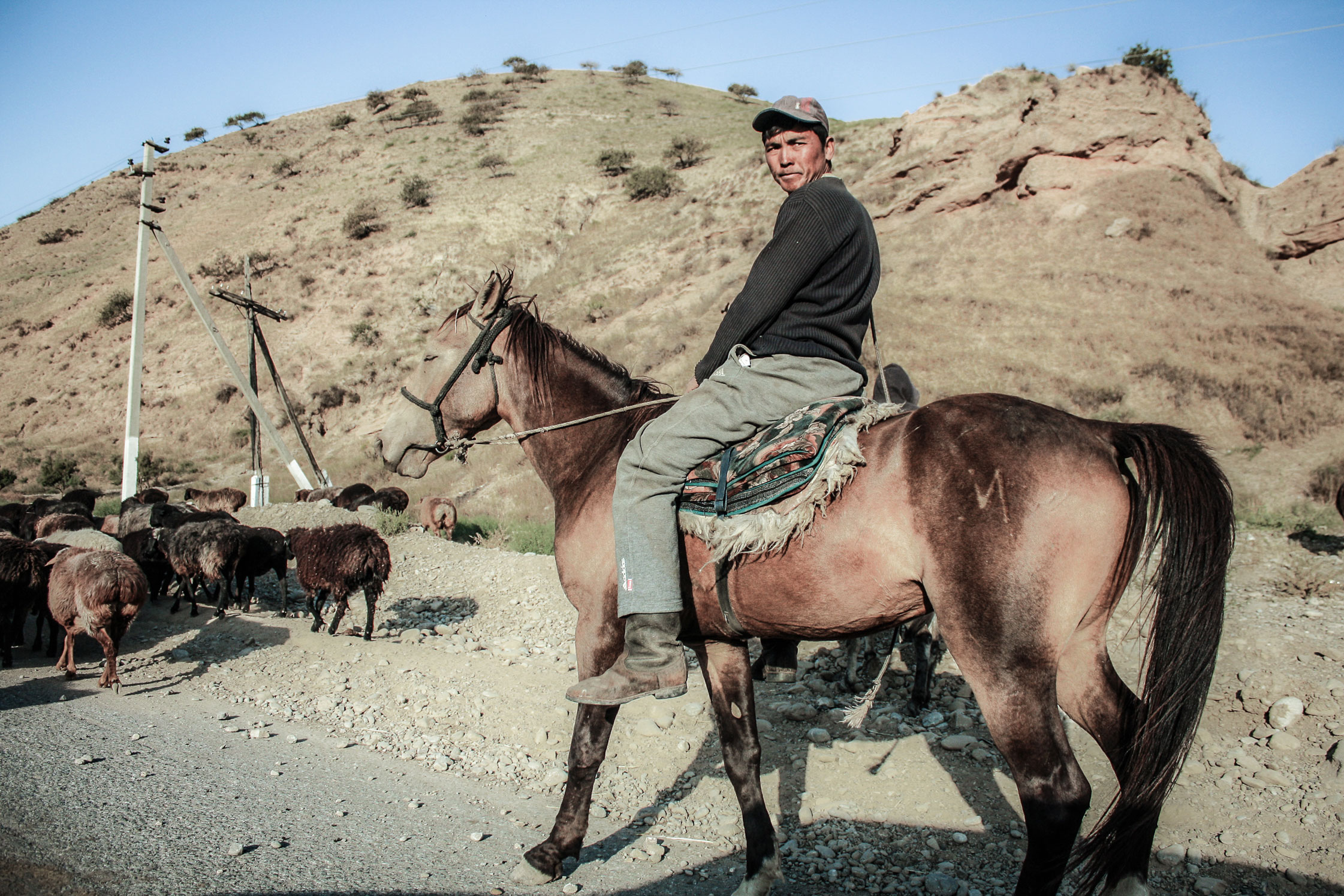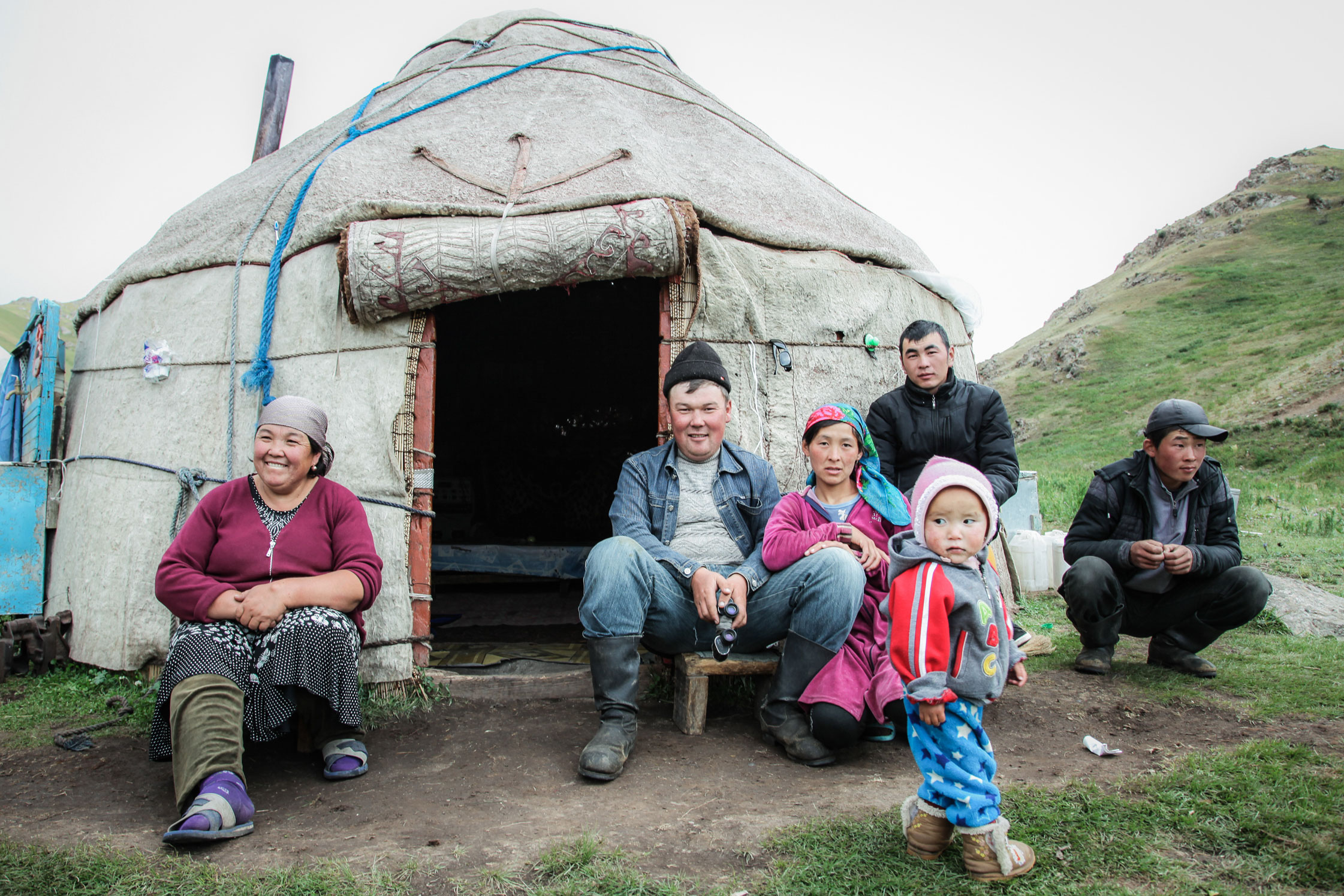In the early 20th century, the advent of the Soviet Union saw considerable change to the steppes of Central Asia.
Kyrgyzstan, Kazakhstan, as well as the republics of what is today the Russian Federation, were all centralized under USSR control. Customs, languages and cultural identities were often irreparably lost. Urbanization took place on an unprecedented scale. Even Mongolia—which, although sharing much of the same nomadic history, was not part of the USSR—underwent significant cultural and political upheaval.
Tabula Rasa Electrified, a project by photographer Gianluca Pardelli, documents the two trips he made through these vast swathes of land—one through Central Asia, the other through Mongolia and the republics of Tuva, Altai, Kalmykia, Buryatia and Khakassia. The project takes its name from the Vladimir Lenin quote, “Communism is Soviet power plus the electrification of the whole country.” For Lenin, electricity was central to the communist project. To quite literally place these isolated communities on the grid would, as Lenin put it, “raise the level of culture in the countryside and to overcome, even in the most remote corners of land, backwardness, ignorance, poverty, disease, and barbarism.” The reality, of course, was not quite so simple, and the tremors of these Soviet electrical currents can still be felt to to this day.



View of Ukok plateau, Republic of Altai




Complex cultures: an interview with Gianluca Pardelli
-
How does traveling with a camera change your relationship with a place?
It’s hard to tell, as I’ve never traveled without a camera in my life. The difference is probably much less significant than we might expect. The biggest difference is between traveling as a tourist and traveling as a traveler. To be a tourist means simply collecting places like postcards, often avoiding any interaction with the locals; to be a traveler, on the contrary, requires spirit of observation and an in-depth understanding of the local culture, which can only be obtained with a constant interaction with the people. The tourist is a consumer of the place, while the traveler is consumed by the place. The fact that both can have a camera and take beautiful pictures shows us that the camera itself doesn’t really make any difference: it’s only an instrument.
-
Can you talk about your own experiences? Where were you staying? What were you eating?
I mainly stayed with the locals either through Couchsurfing, or, if the option was not available, simply asking around—in which case I would pay a small amount of money. I am fluent in Russian, which is the international language east of Berlin and west of Tokyo, so that helped me a lot. No, or very little, English is spoken in the former USSR. As for food: a lot of mutton. A lot.
“Every single person I met was nostalgic, and saw the Soviet time as a golden age of prosperity.”
-
How has the former Soviet Union left its mark on the region?
Well, this question is the basis of many scholarly essays. It’s really hard to sum up. Every single person I met was nostalgic, and saw the Soviet time as a golden age of prosperity. This is a common feeling in the whole former USSR, not only in the once-nomadic regions. From Moldova to Georgia, from Siberia to Belarus, I rarely found someone that was not nostalgic. I am only speaking about people over 35, who actually experienced the Soviet Union. I find that younger people tend to have no opinion on it. The reality, though, is much more complex: on the one hand, the USSR has brought undeniable social and economic developments to the region, but on the other, local cultures and traditions have been uprooted. The collapse of the Soviet Union has left the locals with a very complex identity.



Preparing for the big ride, Kyzyl, Tuva
“These are places that still need to find—or maybe redefine, or rediscover—their own identity.”
-
And what is the political situation like today?
That’s exactly what this project is about: the quest for an identity in this part of the former Soviet Union. The ideological vacuum left by the fall of the communist system, and the cultural vacuum left after Stalin uprooted local traditions has lead to a state of cultural and ideological flux. These are places that still need to find—or maybe redefine, or rediscover—their own identity.
-
How do you negotiate the relationship between yourself, as photographer, and your subjects?
Thanks to my knowledge of Russian it was, and still is, for me very easy to communicate with people in the former USSR and establish with them a relationship. I am also very honest with them and they are usually very friendly with me. I also never give money to my subjects for the images I take of them. That’s a credo of mine I have always been loyal to.



Siberian highway, Southern Tuva


Young jockey after the ride, Kyzyl, Tuva
Thanks Gianluca for sharing your experiences and your fascinating travel project.
If this has whetted your appetite for more travel photography, take a look at the FvF archive here. Or you can follow Gianluca on Instagram here.
Text:Siobhan Leddy
Photographs: Gianluca Pardelli

